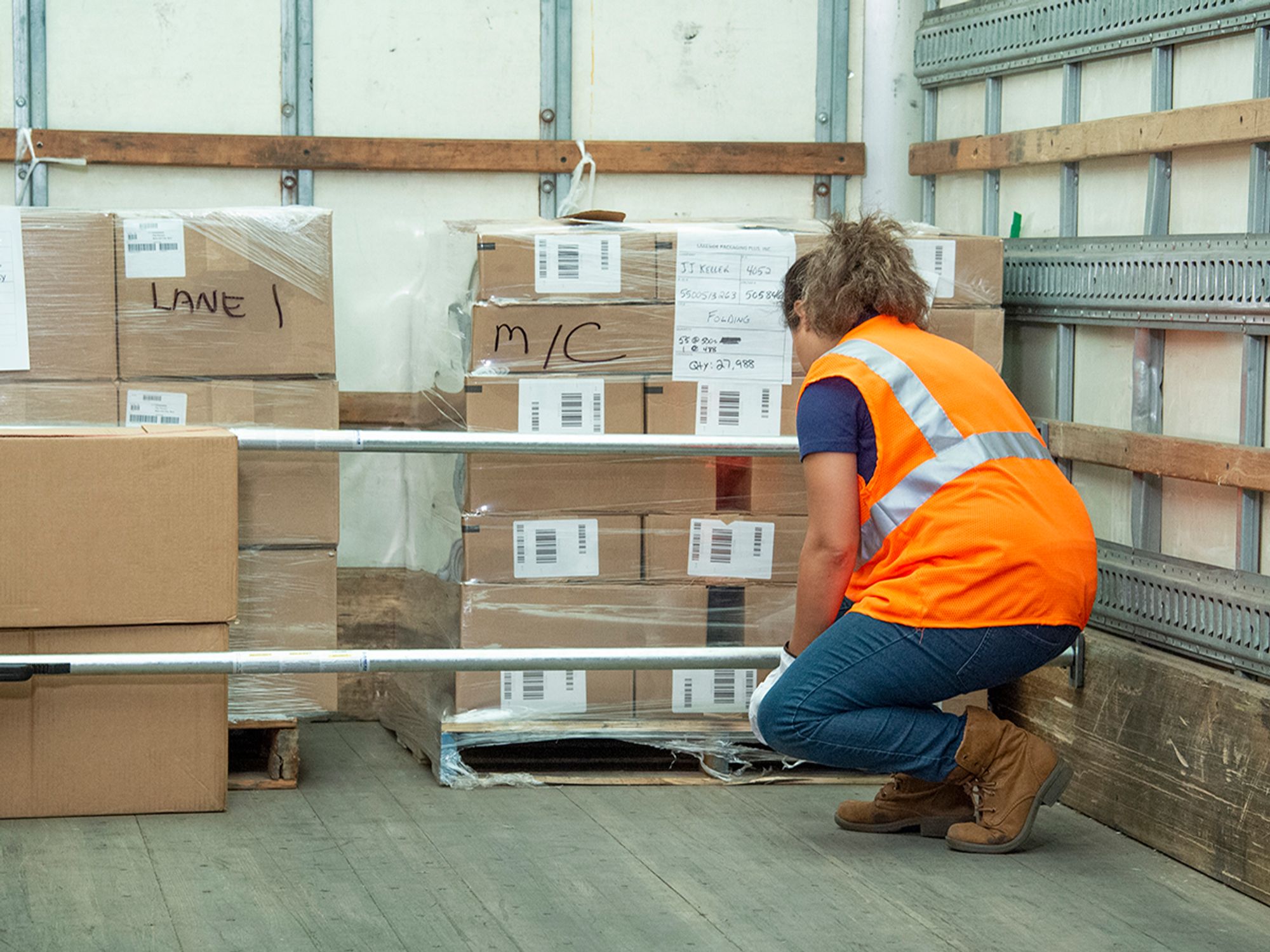Accepting cargo under IATA

- Staff who accept cargo for shipment must be trained to identify dangerous goods and to confirm with shippers the contents of the cargo if there are questions about whether dangerous goods are included.
- Dangerous goods must be accompanied by information about the contents of the shipment, such as a Shipper’s Declaration.
Operators’ acceptance staff must be trained to identify and detect dangerous goods present as general cargo. Information about the following must be provided to cargo acceptance staff:
- Descriptions frequently used for items in cargo which may contain dangerous goods; and
- Other indications, such as labels or marks, that dangerous goods may be present.
Staff should seek confirmation from shippers about the contents of any item of cargo if there are suspicions that it contains dangerous goods to help prevent undeclared dangerous goods on an aircraft. Many ordinary looking items may contain dangerous goods; for example, car parts, electrical equipment, household goods, and battery-powered devices/equipment. See a complete listing in the International Air Transport Association (IATA) Dangerous Goods Regulations (DGR) Section 2.2.
Operators are prohibited from accepting packages or overpacks with dangerous goods or a unit load device containing dangerous goods, or a freight container containing radioactive material for transport aboard an aircraft unless one of the following is met:
- There are two copies of the “Shipper’s Declaration for Dangerous Goods”;
- The information applicable to the consignment is provided in electronic form; or
- The shipment is accompanied by alternative documentation, if allowed.
If a Shipper’s Declaration is used, then one copy of the declaration form must accompany the consignment to final destination, and the other copy must be retained by the operator at a location on the ground where it’s available to access.
If the information is provided electronically, the information must be available to the operator during transport and the data must be able to be produced as a paper document. If a paper document is provided, the data must be presented as required by IATA DGR Section 8.
